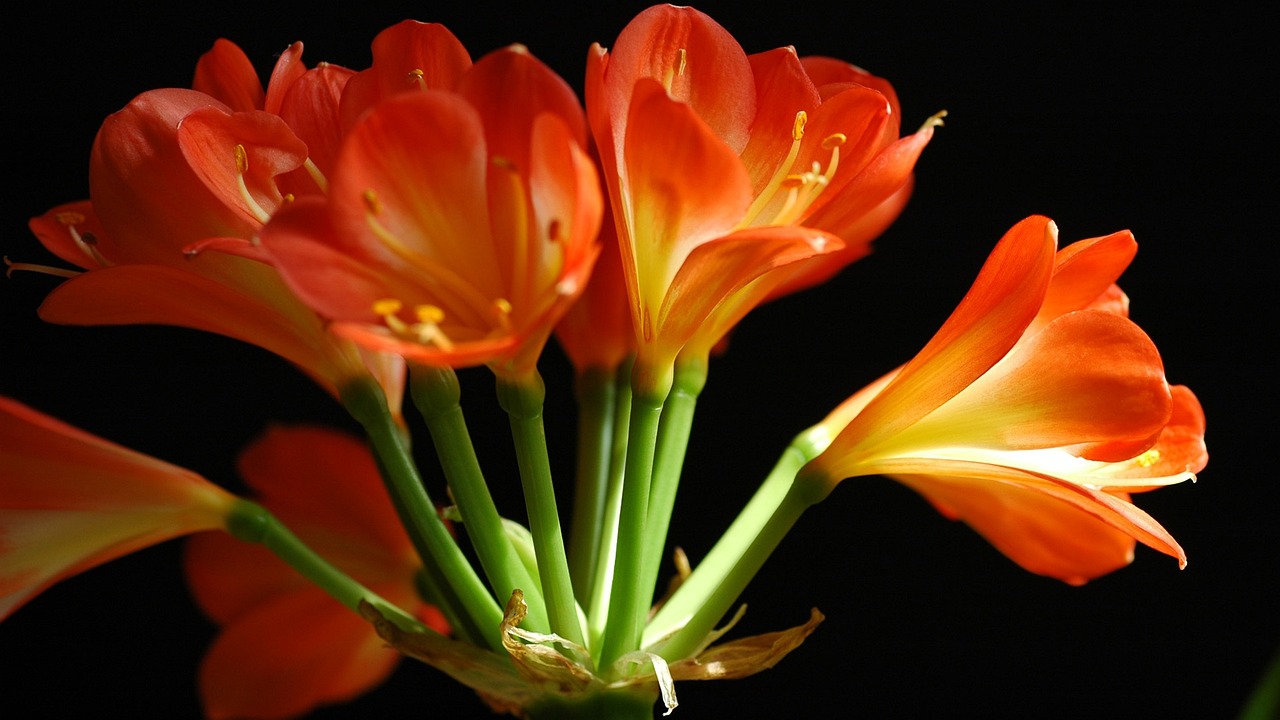Project Report For Clivia Flower
Introduction
Project Report Clivia Flower pot is as follows
Clivia has characteristics in common with the other Amaryllidoideae members. Tepals, the collective name for a flower’s three sepals and three petals (although the sepals are typically narrower than the petals), are present on each individual flower.
Tepals in Clivia are fused at the base to form a tube, though it may only be a very small one. The flower can have a variety of shapes, such as an open cup or a skinny hanging tube. The species’ flowers primarily come in yellow, orange, and red hues. Umbels are subtended by several bracts.
Clivia is a member of the lily family (Liliaceae), which includes amaryllis. Certain clivias send up 20-inch stems with flowers on top, while others send up flowers close to the centre of the plant, nestled within the foliage. In either case, the flowers are eye-catching enough to brighten any winter window. Clivias are massive plants. A mature plant can grow to be two to three feet tall and nearly as wide, with long, arching swordlike leaves. It necessitates a large, wide-based clay pot that will not tip over. Because clivia plants take several years to bloom, it’s best to buy a mature plant unless

Advantages of Clivia Flower
- Clivia flower, also known as Kaffir lily, is a popular ornamental plant that provides growers and plant enthusiasts with several benefits. Clivia flowers have several advantages, including:
- Clivia flowers are a popular choice for both novice and experienced growers due to their ease of cultivation. They can survive in a wide range of conditions, including low light and high humidity.
- Clivia flowers are easy to care for and maintain, making them an excellent choice for those with limited time or gardening experience. They don’t need to be watered or fertilised on a regular basis and can grow in a variety of soil types.
- Clivia flowers are well-known for their vibrant colours such as orange, yellow, and red. They are a popular choice for home and office décor due to their distinct and appealing appearance.
- Clivia flowers have long-lasting flowers that can last for weeks or even months. As a result, they are an inexpensive choice for ornamental gardens and indoor plant displays.
- Civia flowers have been shown in studies to improve air quality by removing harmful toxins from the environment. This is especially beneficial for people who suffer from respiratory issues or allergies.
- Stress Reduction: Exposure to indoor plants, including Clivia flowers, has been shown in studies to help reduce stress and improve overall mental health.
Get Completely Custom Bankable Project Report
Market Potential For Clivia Flower
Clivia flower, also known as kaffir lily, is a South African flowering plant. It is a popular choice for ornamental gardens and indoor plant displays due to its vibrant orange and yellow flowers. Clivia flower demand has recently increased in India, making it a potentially profitable market for growers and sellers.
The Indian ornamental plant market will grow at a CAGR of 12.1% between 2020 and 2025.
Clivia, an indoor plant, is expected to make a significant contribution to this growth. The report also highlights how the increasing popularity of e-commerce and online plant delivery services has accelerated the growth of India’s ornamental plant industry.
Civia flowers are ideal for the Indian market due to their vibrant colours and low maintenance requirements. Individuals, interior designers, landscapers, and plant nurseries are among the customers who can benefit from them. Because of its distinct and appealing appearance, the plant is a popular choice for home and office décor.
Rising awareness of the benefits of indoor plants, such as air purification and stress reduction, is expected to drive demand for flowering plants such as Clivia in India. Furthermore, due to the adaptability of the plant, it can be grown in a variety of environments, including indoor and outdoor settings, which will drive demand in the Indian market.

